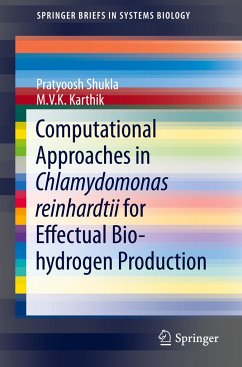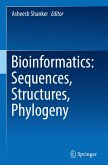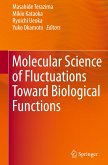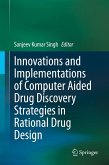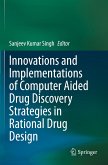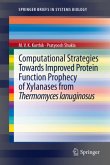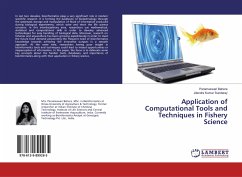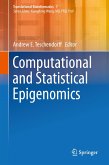This book describes the feasibility of using molecular dynamics as a screening technique to identify the stability of HydA1 and PetF interactions. Structure-based computational approaches are necessary to recognize and characterize protein-protein complexes and their functions. It introduces the idea that for specific proteins, homology modeling is the most effective technique and that docking algorithms are an increasingly powerful tool for providing a detailed explanation of such interactions. This book is a useful source of information on biomass-based biofuels for researchers in the field of bio-hydrogen and bioinformatics techniques. Biofuel and bioenergy produced from unicellular microalgae Chlamydomonas reinhardtii is a clean energy source and providing information about functional optimization in HydA1 and PetF interactions will help researchers to adopt swift screening methods to identify key protein complexes and their functions. The book also provides an introduction to hydrogenases and associated Chlamydomonas reinhardtii, which is a useful model microorganism for research on biofuel production. The book focuses on the in silico methods such as phylogenetic studies, homology modeling, molecular docking, electrostatic studies and conformational analysis, which have the potential to become the most cost-effective methods for bio-fuel production.
This book provides a valuable resource to senior undergraduate and graduate students, researchers, professionals and other interested individuals or groups working in the area of bioenergy with special reference to microalgal biofuel.
This book provides a valuable resource to senior undergraduate and graduate students, researchers, professionals and other interested individuals or groups working in the area of bioenergy with special reference to microalgal biofuel.
Review 1: Its accuracy:The title of book is acceptable but I advise to summarize with a running title. The title given in ToC is fine and most accurate. So, I advise to change title and keep the same in ToC and sample chapter. As far as content is concerned the content reflects the core area of bioinformatics applied to role HydA1 gene towards improving hydrogen production in Chlamydomonas reinhardtii . The contents are good but authors should provide all related images/diagrams to readers in detailed content. Usability:It will be good quality resource of information for post graduate students and researchers in the field of biotechnology and bioinformatics especially it can attract researchers searching new ways of enhancing hydrogen production in microalgae. Readership and utility of the content:The readership of this book will be good as a short description of computational strategies in life sciences especially for Bioinformatics students. The content suggests that it may also serve as a practical manual for postgraduates and scientists in this area. The overall content utility is agreeable. Assessment on the global market value of such content in comparison to the existing titles in the market:The global market of such a book will be good as there is no available book with such interaction studies in the market. Sample chapter:The sample chapter is fine and organized. However, author needs to provide modeled structures with full descriptive images for readers of the book. Regards,Dr. Harish ChandraDepartment of Environmental HealthMicrobial Pathogenesis Lab, University of CincinnatiCollege of MedicineCincinnati Ohio, 45267-0056, USA Review 2:In my opinion, the table of contents and the sample chapter looks informative and it should be useful to the readers. I recommend the publication of the book by Springer. Regards,Marcio PoçasDepartment of Genetics and MorphologyUniversity of BrasiliaBrazil

